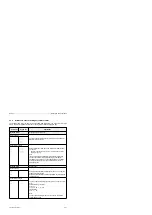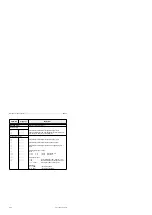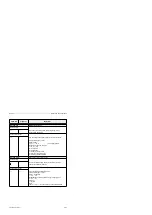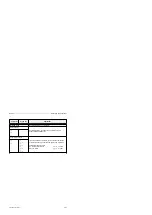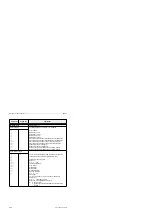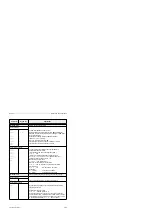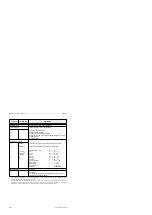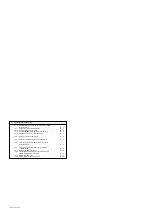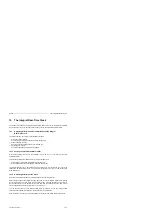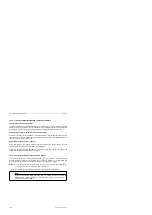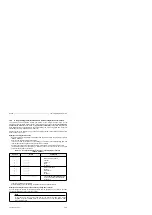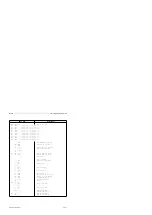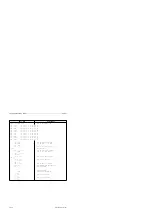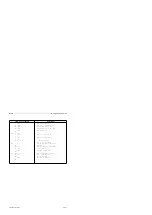
The Integral Real-Time Clock
S5-95F
10.1.3 Transfer and Battery Backup of Clock Parameters
Transfer of Clock Parameters from DB1
The clock parameters are transferred from DB1 to the S5-95F only if you have carried out a manual
S5-95F overall reset in advance. The clock parameters are transferred after the first transition from
STOP to RUN. All other transitions from STOP to RUN do not affect the operation of the clock.
Setting the Clock via the Programmer or the Control Program
You can set the clock via the programmer or the control program (see sections 10.5 and 10.6). We
recommend to store the clock data area and the status word in the parameter control DB so that you
can also set the clock in the safety mode.
Battery Backup and Replacement of Battery
During POWER OFF, the integral real-time clock is supplied by the backup battery; the clock
therefore continues running both during STOP and POWER OFF.
Change the battery only during POWER ON, as otherwise clock data can be lost. Observe the
general rules for battery replacement (see Chapter 2).
10.1.4 Entering the Clock Time Correction Factor
The exactness of the clock is temperature-dependent. You can configure a correction value to
increase the clock's exactness. The correction value is output in s/month. You must measure how
many seconds per month the clock runs fast or slow. A month is defined as 30 days.
Example:
Your measurements indicate the clock is 12 s too slow in 4 days. That would be 90 s
too slow in 30 days. The correction value is +90 s/month.
Enter the correction factor with COM 95F or edit the correction factor directly in DB1.
Note
If you set a correction factor other than zero, the system may fail to perform an
automatic warm restart following an extended power outage (Error message 7:
Hardware fault in internal RAM).
10-2
EWA 4NEB 812 6210-02


